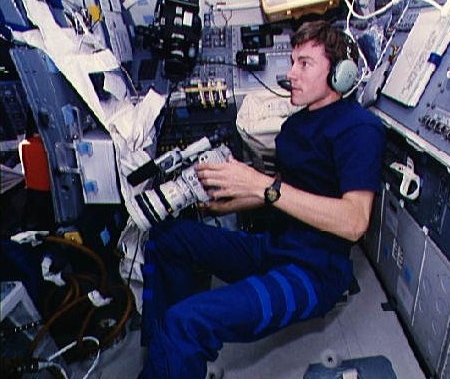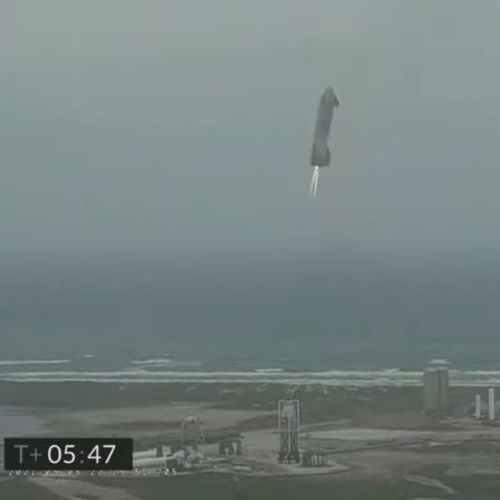GAO: Problems with Blue Origin’s BE-4 engine threaten ULA’s Vulcan rocket
Capitalism in space: According to a new report [pdf] issued by the Government Accountability Office (GAO) on June 8th, on-going technical issues with Blue Origin’s BE-4 rocket engine threaten ULA’s planned inaugural launch of its new Vulcan rocket later this year.
From page 106 of the report:
A U.S. produced rocket engine [BE-4] under development [by Blue Origin] for ULA’s Vulcan launch vehicle is experiencing technical challenges related to the igniter and booster capabilities required and may not be qualified in time to support first launches beginning in 2021. A joint program office and ULA team is tracking these challenges, and NSSL officials told us Vulcan remains on track to support first launches and certification in 2021. However, if ULA cannot complete engine qualification before the 2021 flight certification, the program might continue to rely on ULA’s Atlas V—which uses engines manufactured in the Russian Federation—to support ULA’s 2022 launches, despite a nearly $2.9 billion investment in new launch system development. [emphasis mine]
ULA has a limited number of Russian engines in its inventory. At some point it must move on to American-built engines, and if Blue Origin’s BE-4 cannot be fixed then the company will be forced to look for other options.
Both ULA and Blue Origin maintain that the first Vulcan launch will occur in the fourth quarter of this year, launching Astrobotic’s lunar lander Peregrine to the Moon, but no date has been announced. If this GAO report is describing problems that still remain as of June 2021 and have not been fixed, then expect a further delay to be announced, probably by September.
These technical issues with the BE-4 engine also impact Blue Origin’s plans to begin launching its orbital rocket, New Glenn, next year. That rocket is already two years behind schedule, delays caused partly by these engine issues and partly due to the requirements imposed by the military under the above-mentioned $2.9 billion program to develop new launch systems. Without that new engine, Blue Origin’s much-touted effort to compete with SpaceX for commercial launches will go up in smoke.
Capitalism in space: According to a new report [pdf] issued by the Government Accountability Office (GAO) on June 8th, on-going technical issues with Blue Origin’s BE-4 rocket engine threaten ULA’s planned inaugural launch of its new Vulcan rocket later this year.
From page 106 of the report:
A U.S. produced rocket engine [BE-4] under development [by Blue Origin] for ULA’s Vulcan launch vehicle is experiencing technical challenges related to the igniter and booster capabilities required and may not be qualified in time to support first launches beginning in 2021. A joint program office and ULA team is tracking these challenges, and NSSL officials told us Vulcan remains on track to support first launches and certification in 2021. However, if ULA cannot complete engine qualification before the 2021 flight certification, the program might continue to rely on ULA’s Atlas V—which uses engines manufactured in the Russian Federation—to support ULA’s 2022 launches, despite a nearly $2.9 billion investment in new launch system development. [emphasis mine]
ULA has a limited number of Russian engines in its inventory. At some point it must move on to American-built engines, and if Blue Origin’s BE-4 cannot be fixed then the company will be forced to look for other options.
Both ULA and Blue Origin maintain that the first Vulcan launch will occur in the fourth quarter of this year, launching Astrobotic’s lunar lander Peregrine to the Moon, but no date has been announced. If this GAO report is describing problems that still remain as of June 2021 and have not been fixed, then expect a further delay to be announced, probably by September.
These technical issues with the BE-4 engine also impact Blue Origin’s plans to begin launching its orbital rocket, New Glenn, next year. That rocket is already two years behind schedule, delays caused partly by these engine issues and partly due to the requirements imposed by the military under the above-mentioned $2.9 billion program to develop new launch systems. Without that new engine, Blue Origin’s much-touted effort to compete with SpaceX for commercial launches will go up in smoke.



